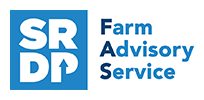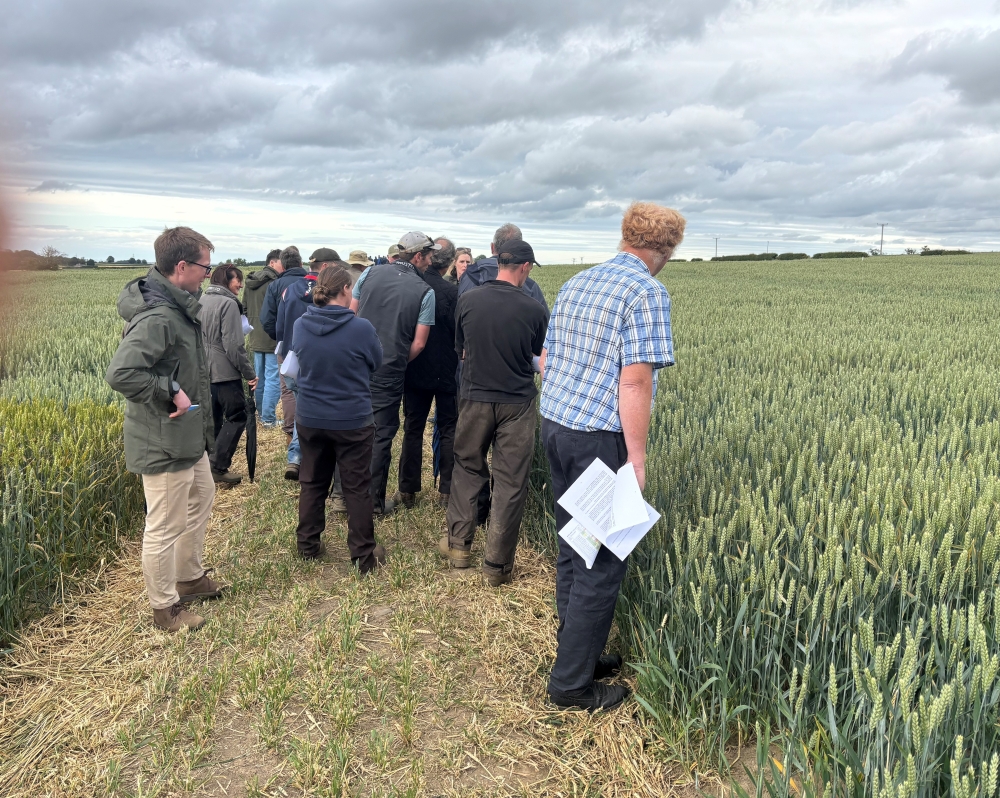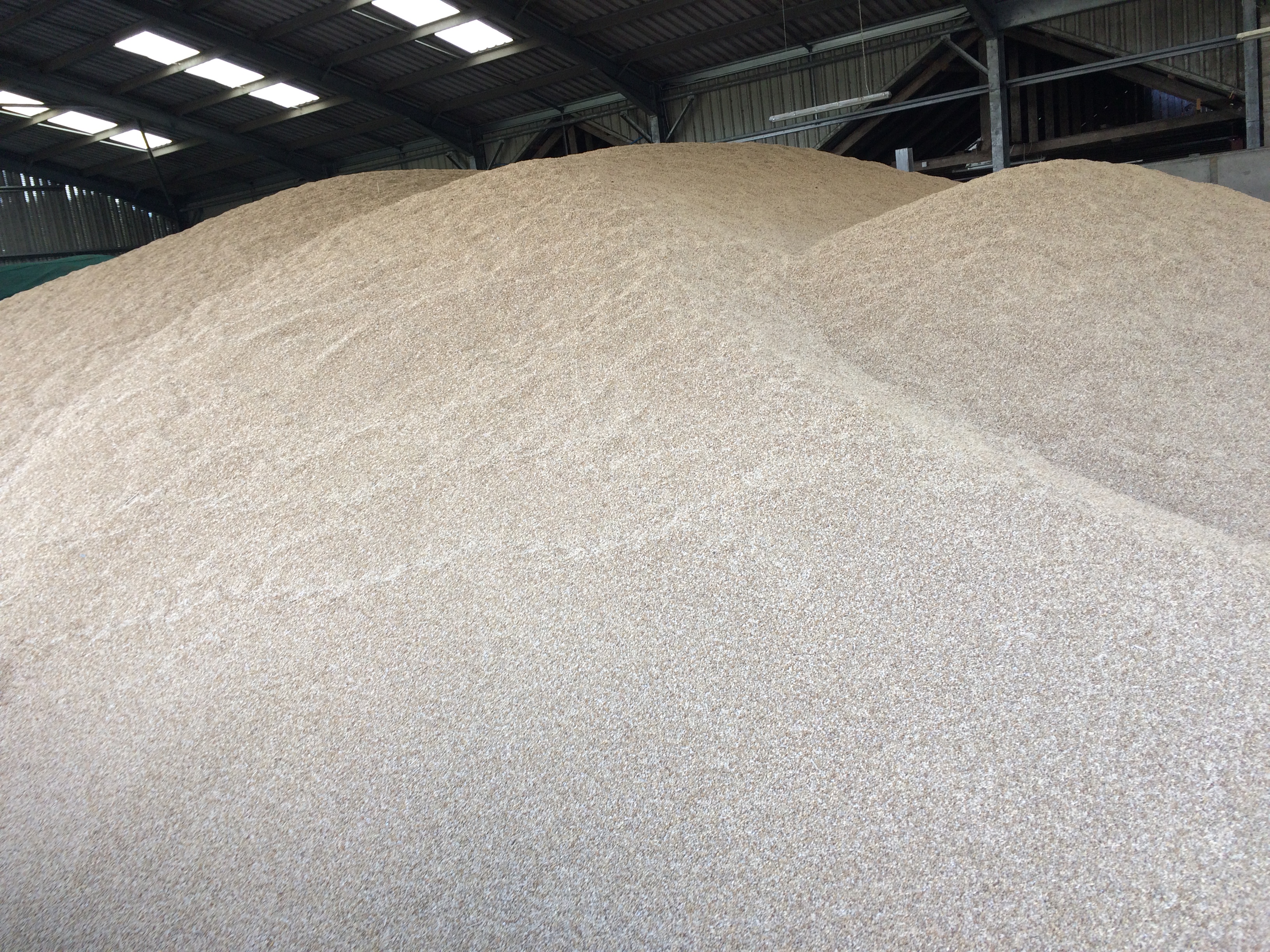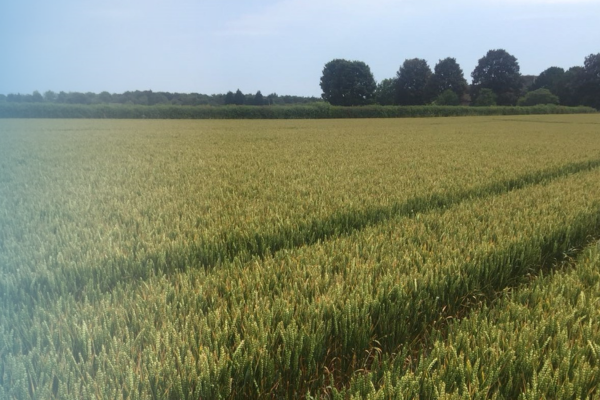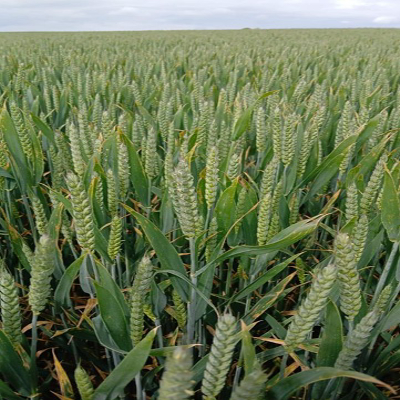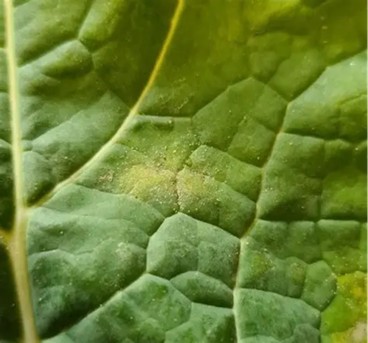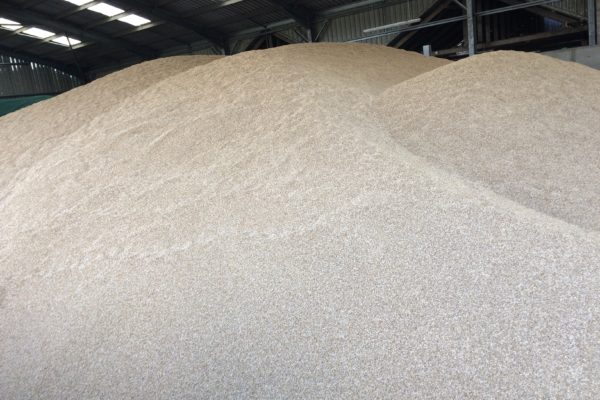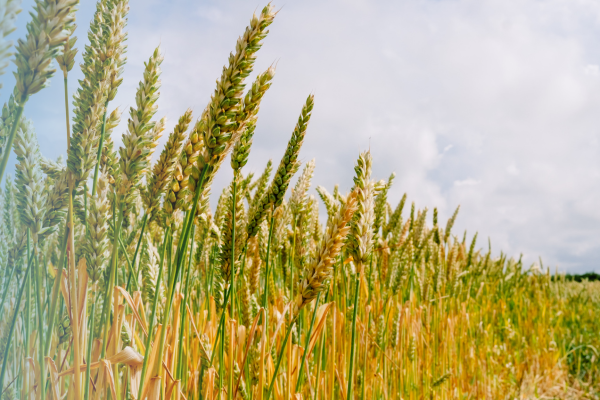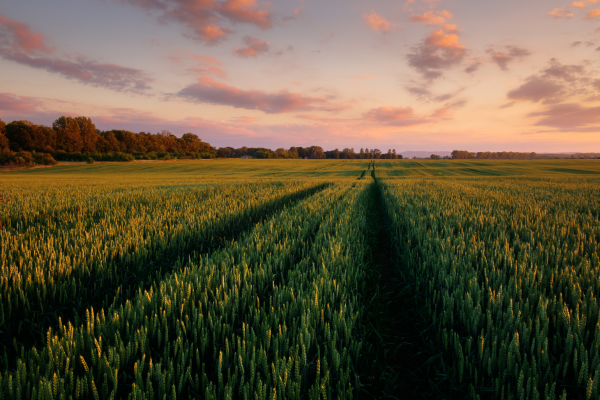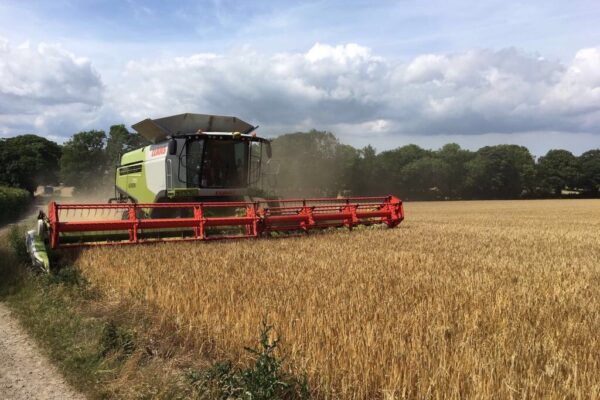Understanding This Season’s Yellow Rust Breakdown
14 July 2025June’s Newsletter reported on the confirmation that the yellow rust YR15 resistance gene had been overcome this season with the breakdown particularly evident in Northern regions of the UK. But what are the implications for reassessing the current RL list yellow rust resistance ratings?
YR15, discovered in the 1980s, had been a cornerstone of wheat disease management, offering broad-spectrum protection against thousands of genetically diverse yellow rust isolates worldwide.
Recommended List yellow rust disease resistance information is published for two broad stages: young plant and adult plant. Despite its name, young plant resistance is effective at all growth stages, although its influence is clearest before adult plant stage resistance kicks. Adult plant resistance lives up to its name, as it does not start until around stem extension (with the precise timing dependant on the variety and environmental conditions).
Risks to ASR
In general, when a wheat variety is resistant at both the seedling and adult plant stages, that resistance is typically due to what's known as “all-stage resistance” (ASR) genes. If what we’re seeing now is the breakdown of a specific ASR gene, such as YR15, it’s possible that adult plant resistance (APR) may also be lost. Because breeders don’t routinely publish the genetic makeup of their varieties, it’s difficult to know for sure at this stage.
With any luck, breeders will have stacked both ASR and APR genes into these varieties to provide more robust and lasting protection. However, unusually high levels of yellow rust on wheat varieties that are officially rated 8 or 9 for adult plant resistance, for example the Hard Group 4 varieties like KWS Dawsum, Typhoon, and Champion, had, up until now, showed strong resistance at the seedling stage in previous seasons. The good news is that, for now, this race still appears to be controlled by tebuconazole when used as an eradicant in spray programmes, however, the virulence of this new race, particularly the speed at which it produces successive spore generations, remains uncertain.
Due to the significant shift in pathogen behaviour, the RL disease ratings for yellow rust in the upcoming 2026/27 edition will likely be based on data from a single season - harvest 2025 - rather than the usual three to five years.
To aid decision making this year you can look at the yellow rust watch list specifically for 2025 (a one-year data set ) which identifies varieties that performed out of line with their 3 year average RL disease rating. Varieties are ranked based on resistance at the three worst trials for each variety.
Recommended List Tables
The Scottish cereals lists include varieties of spring and winter barley, wheat and oats of most agronomic and commercial value to Scottish growers and the cereals sector. Recommendations are made by SRUC supported by the Scottish Variety Consultative Committee and are based on data collected as part of the AHDB Recommended List and the BSPB and Scottish Government National List systems. The 2025/26 tables can be found here
Sign up to the FAS newsletter
Receive updates on news, events and publications from Scotland’s Farm Advisory Service
